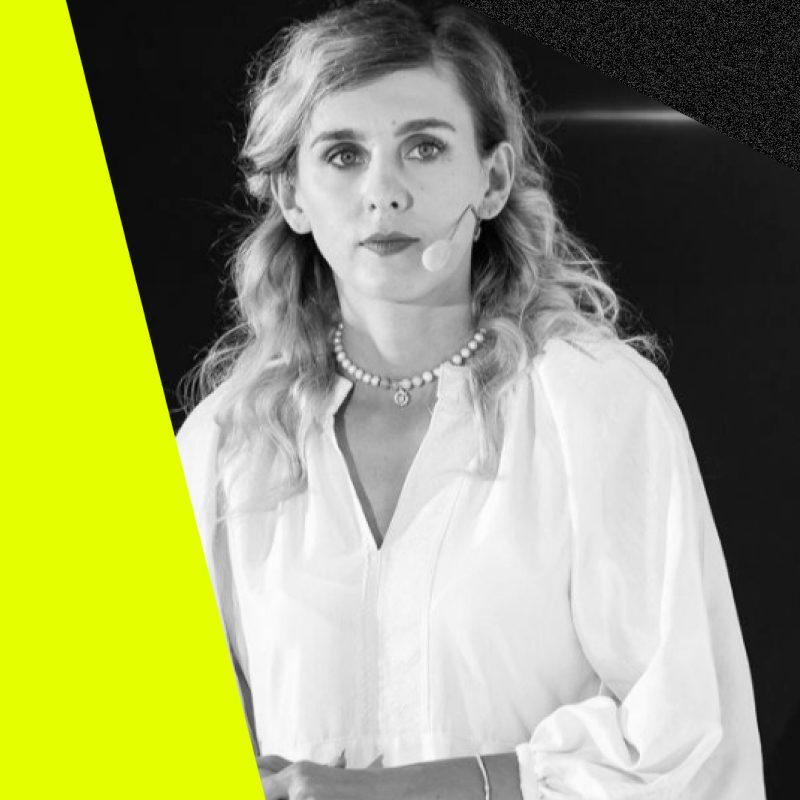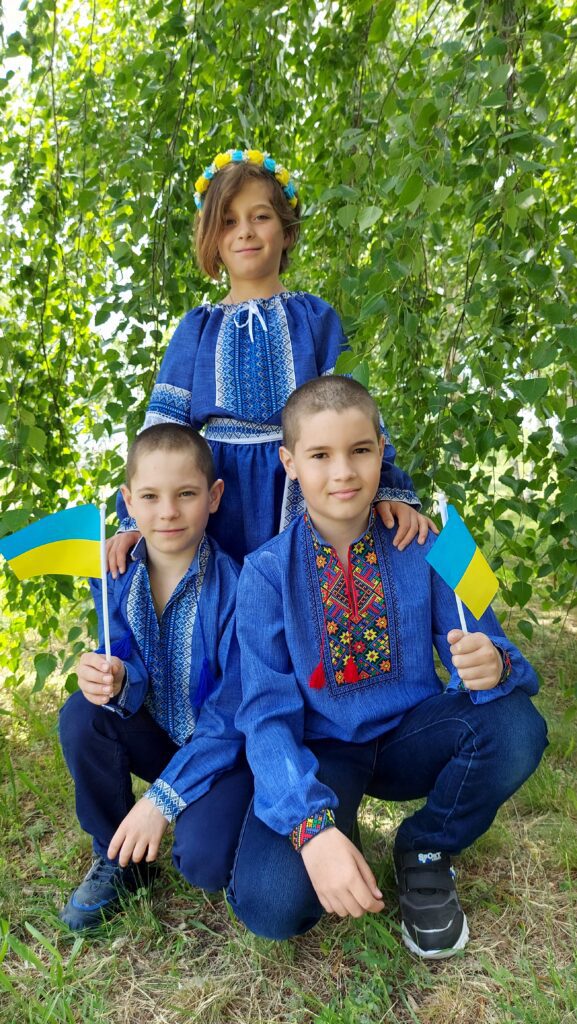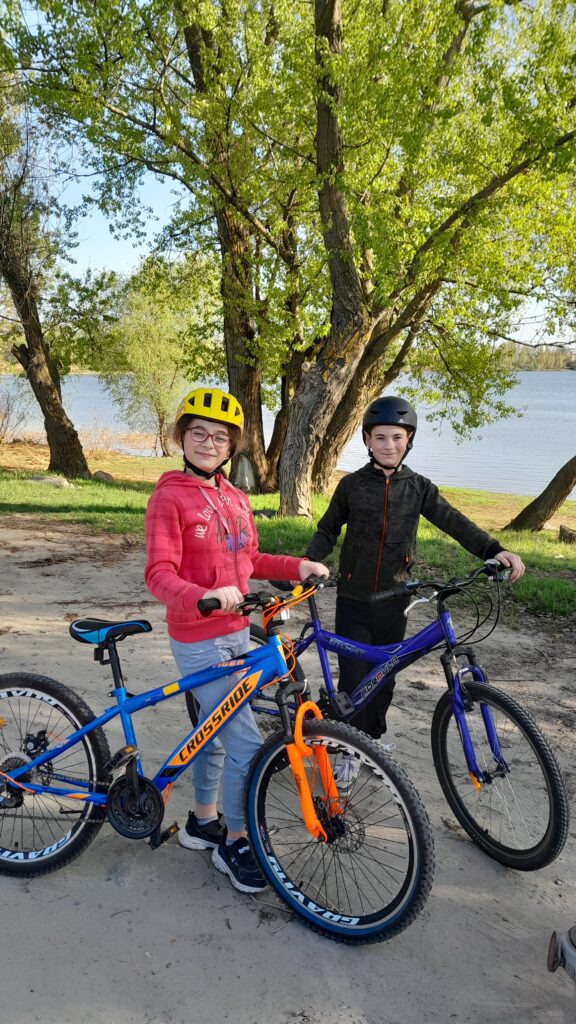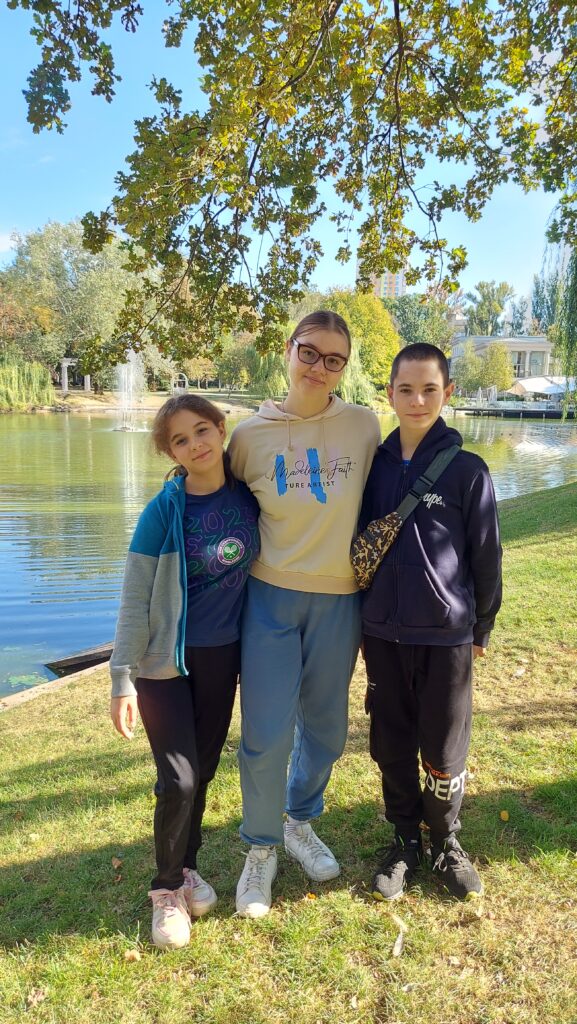“They Dream of Having a Mom and Dad”: The Story of a Foster Family Who, Despite Fear and War, Adopted Two Older Children

Natalia and Oleksandr Krupa, already having three biological children, dared to take two more into their family — a brother and sister aged 11 and 9. Although many believe it’s harder to find common ground with older children, this family from Ukraine’s Kirovohrad region proves otherwise. Despite the full-scale war and all the adaptation difficulties, they managed to create a strong family where everyone feels important and needed.
Natalia shared her experience with Zaborona: she wants to inspire others not to fear taking older children into their families. This is also encouraged by Iryna Tuliakova, the head of the Coordination Center for Family Education and Child Care Development. She discussed various options for giving children the opportunity to grow up with care and respect.
Adoption and Foster Care in Ukraine: What’s the Difference
Both adoption and family forms of upbringing give a child the opportunity to grow up in a family environment, but adoption specifically means taking a child into your family permanently, as your own. They become a member of your family with all the rights and responsibilities of a biological child, receive your surname, and you become their parents.
Foster family (and other family forms of upbringing, such as large foster families or family-type children’s homes) is more about long-term but temporary care.

“In a foster family, a child can stay until adulthood or until completing their education. You take the child into your family temporarily, providing them with home warmth, care, and upbringing. But legally, this child doesn’t become your son or daughter. When the fostering period ends, the state can place other children with the foster family with their consent,” explains Iryna Tuliakova.
The financial aspect also differs. With adoption, full financial responsibility for the child is taken as if they were biological. “In the case of foster families, the state provides financial support for the child’s maintenance and pays monetary compensation to the foster parents themselves — so to speak, for helping the state raise children left without the care of biological parents,” informs Tuliakova.
“When I Grow Up, I’ll Take at Least One Child”
The Krupa family chose to become specifically a foster family. The idea had been with them for many years, and they implemented it after having three children of their own and getting their approval for expansion.
Natalia works as a computer science and mathematics teacher at a school in Vlasivka, Kirovohrad region, for over 20 years. Recently, she became a mentor in the Upshift youth project. Although Natalia didn’t dream of becoming a teacher in childhood, she’s confident her calling is working with children and youth. “These vibes are mine. Although I prefer working with youth organizations, it’s easier for me to find common ground with older ones, we communicate as equals. But when younger students run to hug you at school, saying how much they missed you… That’s also an incredible feeling,” she shares.
Teaching brought her together with her future husband when she started teaching at the school. The couple discussed their future: Natalia dreamed of having three children — two girls and a boy, and Oleksandr fully supported his beloved. That’s when they first discussed adopting a child if they couldn’t have their own. Natalia had thoughts about adoption since childhood — after learning that there were orphaned children.


“I remember leaving kindergarten, and on our way, there was a boarding school for visually impaired children. And I, being small, walked and asked my mom: ‘Why is it so late, and the children aren’t going home?’ Mom then explained that it was a boarding school and children lived there; she told me about abandoned children. And it was such a shock for me… And then at six years old, I thought that when I grow up, I’ll take at least one child so they won’t be alone there,” she recalls.
To make the topic of raising children in a family environment more open and accessible to a wide range of Ukrainians, the online platform “Ukraine for Every Child” was created. It accumulates in one place all necessary information and step-by-step instructions for those wanting to take a child into their family. The platform describes in detail and quite accessibly the step-by-step algorithm of actions; what documents a person needs to collect; where they can do this; whether it can be done online or if there is a need to obtain certain certificates physically. Moreover, templates and forms are provided in electronic format for many documents for online completion.
They Didn’t Think You Could Do More Than Just Adopt
After marriage, the couple had their daughter Nadiia, and thoughts of adoption took a back seat until college friends — also a married couple — visited them. Besides their two children, they had two foster children; they told Natalia and Oleksandr about foster parenting.
“I didn’t know then that children from orphanages and boarding schools could be taken into foster families, not just adopted. This option really interested me, and we discussed it with my husband. But soon I found out I was pregnant again. Nine months later, our middle son Roma was born. And a few years later, Maxim was born,” she says.

In September 2021, when the youngest was just under two years old, Natalia finally asked her husband: would they become foster parents? Oleksandr replied: “Let’s go to the children’s services tomorrow.” The couple then faced checks, collecting necessary documents, and relevant courses that all those wishing to take a child from an institutional facility must complete. In December, the couple was recommended for foster parenting.
Consent of Biological Children
The biological children also accepted their parents’ desire to take in foster siblings. Natalia and Oleksandr wrote an application to the children’s services (ChS). “This was important for us, and we talked with our children about our desire to help others. We explained that we wouldn’t love them any less and would remain their parents. But together we could give warmth and care to other children who grow up without parents,” she says.
So the family began waiting for a call from the service workers.
Artem and Nata
Soon, a worker from the children’s services called and told them about a brother and sister — 11-year-old Artem and 9-year-old Nata, who also needed adult care. As Natalia says, she wanted to take younger children, but on the other hand, these were siblings, and the couple had planned to take two children — a boy and a girl. So the decision was made immediately.
The first meeting with the children happened on February 8, 2022, on Artem’s birthday. “The day before, they sent me photos of the children, although it hadn’t occurred to me to look at them before the meeting. You know: when your child is born, you can’t see them before that. But whatever they look like, it’s your child, and you accept them as they are. So it was here: I didn’t care what they looked like,” Natalia recalls.

During the introduction, the children were very shy. But already on the next visit, when the Krupas came with their children, they became more active.
“What I liked was that our youngest son Maxim immediately found common ground with them. He’s my Covid child, there was quarantine, and he didn’t socialize much and could react poorly to strangers. But he accepted Artem and Nata completely calmly and played actively with them. He and Natalia ran everywhere, he even forgot about me,” the mom recalls with a smile.
War and New Beginning in Shelter
Natalia and Alexander’s family also appealed to the children, and they agreed to become part of it. They needed to wait for Artem and Nata to come home. The couple was supposed to receive the decision about creating a foster family on February 25. But the war made its adjustments.
“When the big war started, my brother called us to arrive in Poland with the children. I said I wouldn’t leave. Besides, we promised the children [Artem and Natalia] we would take them, they were waiting, they believed in us, and they gave their consent. I couldn’t let them down. My husband also said he didn’t want to go anywhere, although as a father of three minor children, he could leave the country. So we stayed,” the woman explained.




Fortunately, they didn’t have to wait long. On the weekend, Natalia received a call from children’s services offering to take the children, but they needed to act very quickly. Alexander and a children’s services worker went to Kropyvnytskyi to get them. The journey was difficult: there were checkpoints everywhere, and the enemy was shelling the road approaching the city. But they managed to bring the children home.
“And here’s the moment. They enter the yard, and suddenly an air raid alert sounds. We immediately took them to our improvised shelter in the barn, where my three were already sitting. That’s how our foster parenting began,” Natalia smiles.
More than 10,000 children who were in family forms of upbringing were forced to leave their homes due to the full-scale war: of these, 8,200 children from 3,577 families were evacuated abroad; 2,618 children from 1,463 families moved within Ukraine. The enemy’s cruel actions force families to move even now. Moreover, parents have to look for work and housing and support their children so they don’t experience additional stress.
Communication: You Can’t Be Ready for Everything
Natalia doesn’t hide: the first time was not easy. Even with teaching experience, after completing courses, and communicating with other foster parents, you can’t be ready for everything.
“Each situation with foster children is unique because they come with their traumas. For example, Artem could curl up in a corner even from a simple remark, and he couldn’t be touched at all. Later I understood that this was because they had it hard with their aunt, she physically punished them,” Natalia recalls.
She adds that working with a psychologist helped very much. He explained that children’s hyperactivity is a way to release negativity. And without activities, it would only accumulate. “Artem can really explode, although he doesn’t like it himself because he can’t control it yet. And we’re both learning — first to calm down and then to talk without provocation more emotions. Thanks to our foster children, we gained unique experience that we wouldn’t have had with our biological children,” Natalia concludes.
The Right Decision to Take Older Children
Now, almost three years later, Artem and Nata have become an integral part of the family. They study, are active in sports, love riding bikes with their father, and go fishing. Natalia is convinced that the decision to take in older children was right. “Many people want to take small children because they think it’s easier, and I was no exception. I thought a younger child would become more attached to you,” the woman admits.



But now she’s convinced — don’t be afraid to take older children: “When a child is older, you can negotiate with them, you can communicate. With the right approach, with psychological work, you can find an approach to the child and become their best friend and mentor.”
There are many older children in boarding schools who also dream of having a mom and dad. And Natalia encourages other adults to give them a chance to become part of a family. “During this time, I never regretted becoming a foster mother to 9 and 11-year-old children. And if you also want to open your heart to those who don’t have biological parents’ care, then you shouldn’t be afraid of older children. Even if they don’t perceive you as their biological parents, you’ll remain those people who gave them a chance, love, care, some start in life.”
Older Children and Children with Disabilities
According to the Ukrainian Coordination Center for Family Education and Child Care Development, there is effectively a queue of candidates for adopting children aged from birth to 10 years. In the first half of 2024, every fifth adopted child was aged 6-10 years. At the same time, during this period, only 54 children aged 10 to 18 were adopted, and in the vast majority of cases, these were situations where an older child was adopted together with a younger brother or sister. Cases of adopting older children who don’t have younger siblings are, unfortunately, rare.

“That is, mainly, people consider the possibility of adopting one child, without brothers and sisters, and also without physical or mental development disorders,” notes Iryna Tuliakova, head of the Coordination Center. “But every child deserves a family, regardless of age, health condition, or having siblings. Especially now, in conditions of war and constant stress, children need a significant adult nearby who would give a sense of certainty, calmness, and safety, who would hug and comfort them.”
For creating family groups of several brothers and sisters, the foster family form is very successful. If it’s a large family group, there’s such a form as a family-type children’s home or large foster family — these are families that take in from five to ten orphans and children deprived of parental care.
A mechanism is also being developed to implement specialization of foster families for children with disabilities, so there would be families ready to take in children with any peculiarities of their health, behavior, and lived experience. “This initiative will provide for both special training of foster parents and a system of their constant support — financial, psychological, and professional. However, real changes also require a change in public perception. It’s important to show that older children, children with disabilities also want to give and receive love, bring joy, and have a real family,” concludes Iryna Tuliakova.
The material was prepared and published with Mediaset




